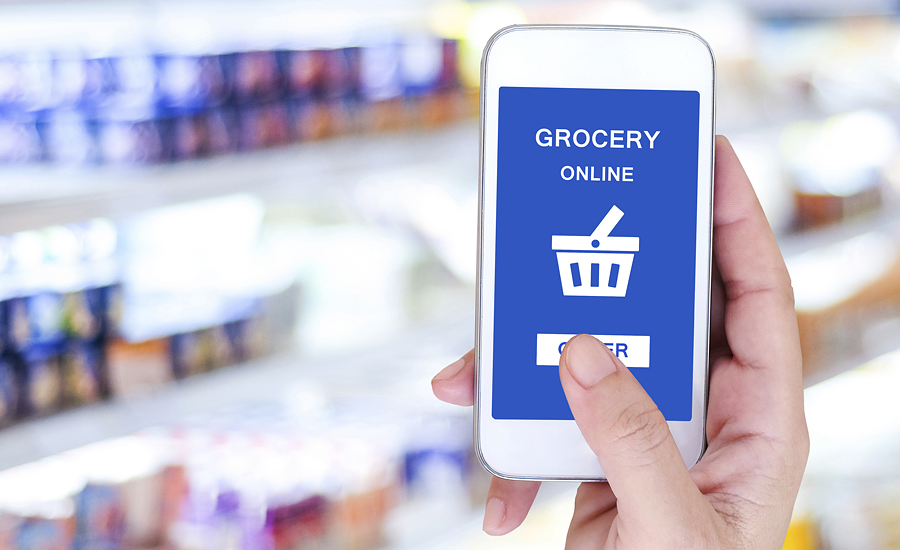Analysis from Packaged Facts, New York, anticipates intense near-term growth supported in part by packaging innovations that make online grocery shopping a more attractive option for retailers and consumers alike.
The study, “Food & Beverage Packaging Innovation,” leverages consumer survey data to identify and analyze the hottest trends in food e-commerce and other food and beverage markets for packaging.
Pure-play online vendors vs. brick-and-click retailers
Consumers have been slower to the uptake with online grocery shopping than with e-commerce for consumer goods, mainly in large part because they are less willing to pay more for essentials like groceries, but also because they do not trust employees to pick out items, particularly fresh produce and meat, the same way they would, or worry that items could spoil, spill or get damaged in transit.
Hence, vendors have a leg up because consumers can easily “click and collect,” or buy online and pick up in-store. This retail strategy allows consumers to:
- avoid having to pay extra for shipping and handling.
- see their orders and swap out any undesirable choices before leaving the store.
Addressing the challenges of food e-commerce with packaging
As e-grocers explore high-tech solutions such as delivery drones and cashierless stores to entice consumers, food and beverage brands are looking to packaging to enhance consumer convenience and confidence in the online grocery orders they ultimately receive. For example:
- Reducing packaging weight and right-sizing packages, so they take up less space help lower shipping costs, whether to a physical store or direct to a consumer.
- Active and intelligent packaging components such as antimicrobials, biosensors, smart labels and gas scavengers – widely used in meal kits – can help to preserve freshness, quality and taste, and serve to monitor and track inventory.
- Advances in film technology are driving a shift from heavy, rigid materials like glass to flexible ones such as recyclable polyethylene or biodegradable polylactic acid, which can improve efficiencies while also boosting sustainability.



